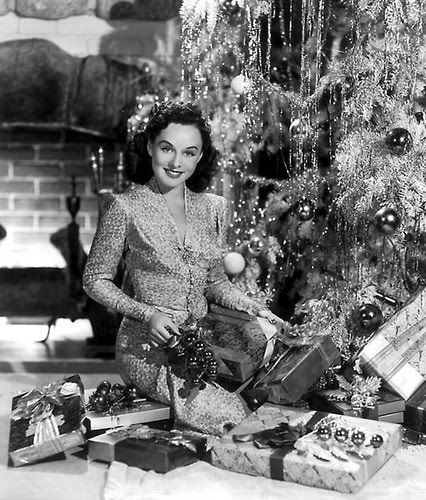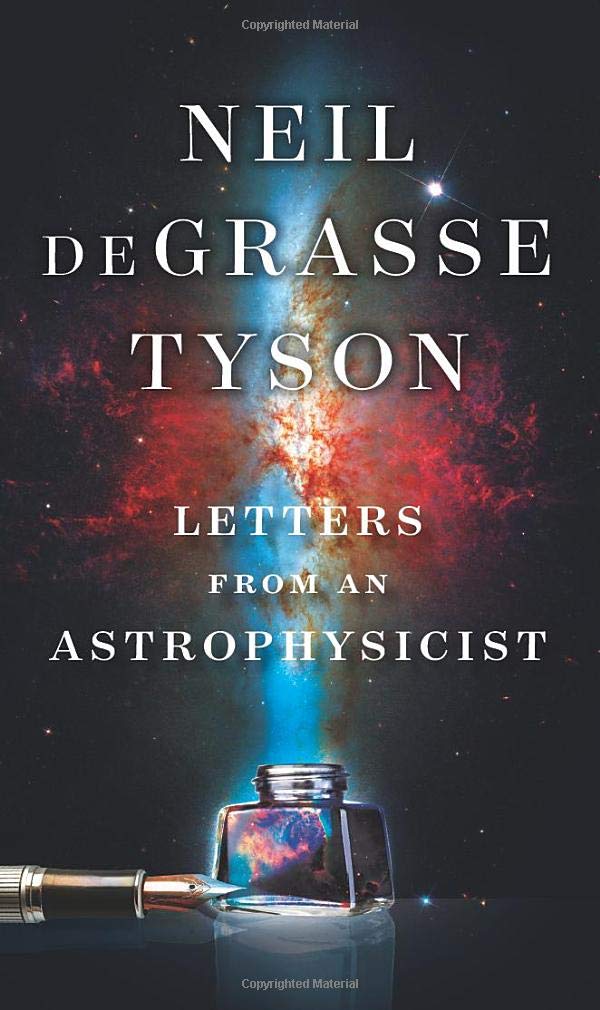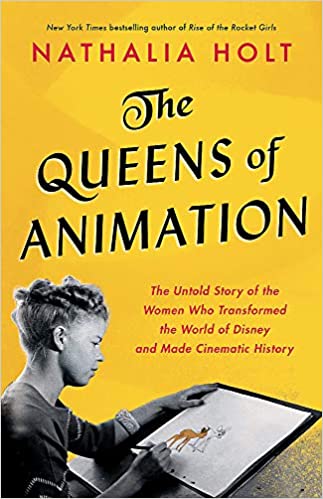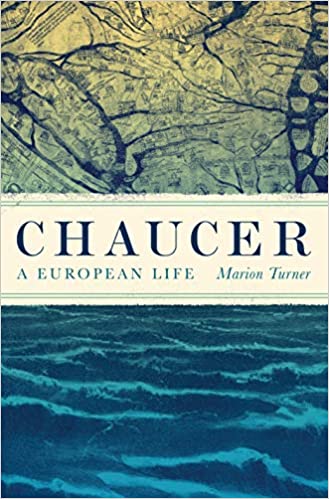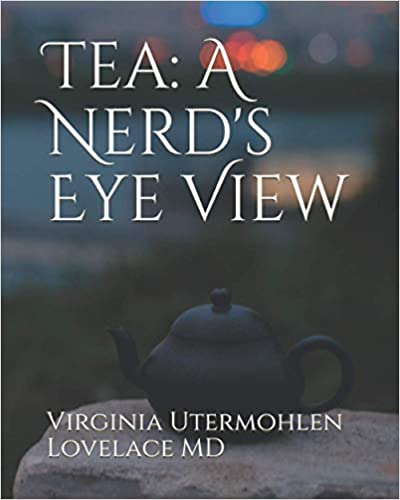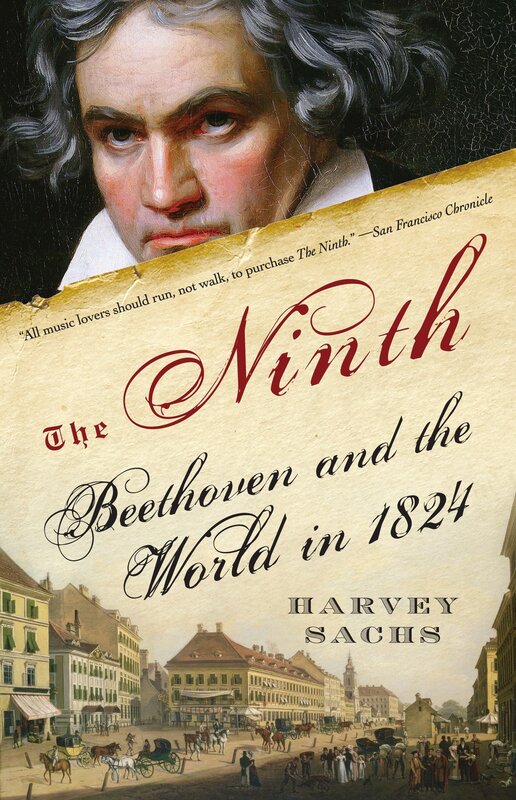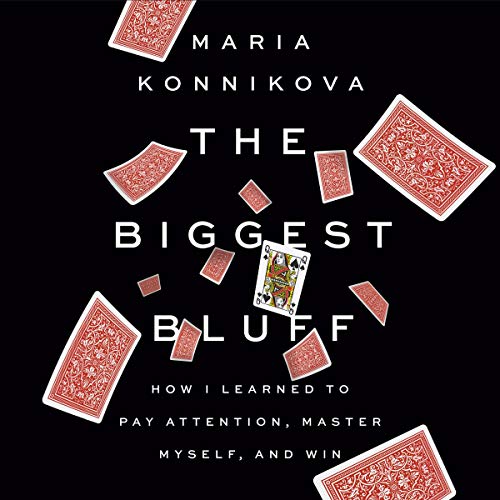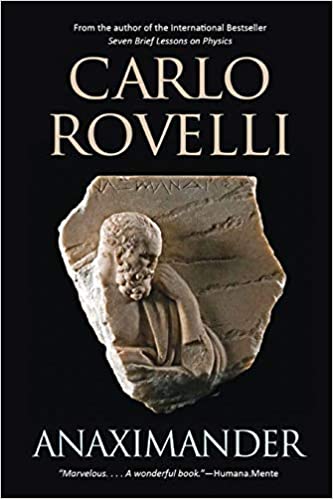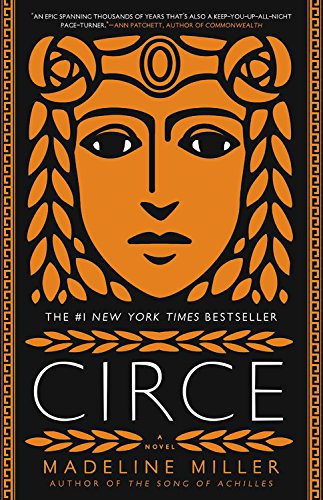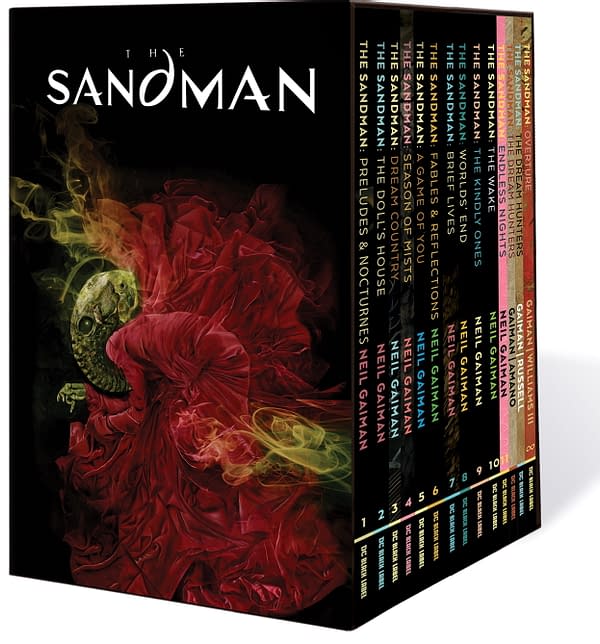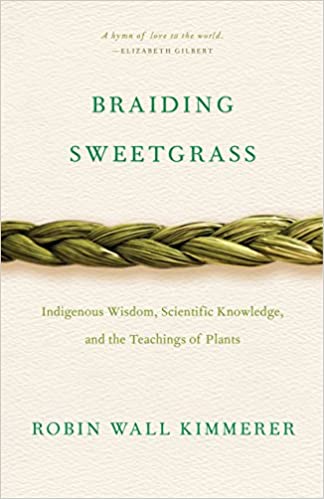n
Non-Fiction
A thoughtful small tome of letters written to and by famed scientist Neil de Grasse Tyson. Throughout he is a pragmatic scientist to the core, answering challenging questions from readers, critics, and even fundamentalist firebrands. His personal account of 9/11–he lived literally four blocks from ground zero–is chilling. A completely enjoyable read. And it’s a good thing we have scientists like him in this nutty world.
Holt’s book is a history of the women animators who worked for the Disney studio during its golden years. Of the artists chronicled, Mary Blair is the only name I knew previously. She truly was a giant among giants–Disney loved her animation. Beyond, I enjoyed making the connections between the various artists and their contributions to early Disney animated classics. Retta Scott and her work on the movie Bambi is one of many notables.
Dr. Marion Turner is Professor of English Literature at the University of Oxford, and a Fellow of Jesus College, Oxford. She specializes in medieval literature and culture, with a focus on Chaucer. Carla heard Terry Gross interview her on Fresh Air early in the year and shared it with me. I thought Turner’s enthusiasm for Chaucer, his life, and writings–especially The Canterbury Tales—was infectious. Her book is comprised of over 500 pages of incredible detail about Chaucer and English history of the time, including all the insane politics. It’s a superb read about one of the early greats of English literature.
Dr. Loveland is an MD by profession and a chemist. Her book is a deep dive into the world of tea, especially in regards to the chemistry of the plant and the brew itself. There’s more than a bit of science here but lots to learn and appreciate.
Harvey Sachs is a trained musician (piano and conducting) and a music historian. The Ninth is a heartfelt homage to the author’s lifelong obsession with Beethoven and his ninth symphony. Further, it’s an exploration into Europe post-Napoleonic war and how repressive society was at the time following the previous era of égalité and liberté. Sachs also includes short sections in the book on Byron, Pushkin, Delacroix, and the German poet Heinrich Heine, and their roles as revolutionaries in their respective arts. Perhaps the most impressive part of the book is the chapter where Sachs describes his impressions of the ninth symphony movement-by-movement, section-by-section. His text is the product of being intimately familiar with the score for several decades. I personally find it hard enough to describe a piece of music even for a few bars. Sachs succeeds in doing that on a grand scale and for one of the greatest compositions ever written. This year marks the 250th anniversary of Beethoven’s birth. The Ninth is a timely read.
I’d heard about M.F.K. Fisher forever but had never read any of her books. Shame on me. Earlier this year I tackled the 50th anniversary edition of her The Art of Eating. It’s a compendium containing her first five books published between 1937 and 1949: Serve it Forth, Consider the Oyster, How to Cook a Wolf, The Gastronomical Me, and An Alphabet For Gourmets. Fisher is widely considered one of the country’s greatest food writers ever. Any and all accolades are well-deserved. I found her writing to be completely engaging, capable of capturing the very essence of savoring a truffle or sipping a great bottle of wine. Her ability to effortlessly go between microscopic detail and 30K feet is remarkable. As much as anything, I enjoyed her detailed accounts of the state of food, wine, and dining between the wars and beyond. If you are remotely interested in food and wine you’ll love The Art of Eating.
Maria Konnikova has a PhD in psychology from Columbia and has written two previous books that made the Times list. In The Biggest Bluff Konnikova writes how she has always been intrigued with the role that luck and chance play in our lives. After reading a book by John von Neuman (20th century scientist) and how he took up poker to further his theories on chance, Maria decides to dedicate a year to becoming a professional poker player. What follows is one of those classic writer decides to spend a year or more trying to learn a completely different profession books. However, Biggest Bluff is well-written and by the end you care about Maria and her experiences in the underbelly of gaming and poker tournaments. There are also several passages in the book where she compares the skills needed to play poker professionally with dealing with real-life decisions. An enjoyable read.
This is the fourth book I’ve read by Italian theoretical physicist Carlo Rovelli. All have been superb. Reading his work about Anaximander of 6th century BCE Greece is to discover one of the greatest minds human kind has ever produced. A thousand years before the Renaissance, Anaximander believed that the earth floated in space, that rainfall came from the clouds formed from water evaporated by the sun, and that all living things originated from the sea. However, the most important thing we credit Anaximander was for the idea that all the phenomena of the world had natural causes–and nothing to do with a pantheon of gods and goddesses. Further, that we could learn these causes through our own thought processes and investigations. What is extraordinary is that we know practically nothing about Anaximander, the man. There are literally only a few fragmented lines that can be directly attributed to him. However, a host of the greatest Greek minds—Plato, Socrates, and the like—who would follow him in the next few centuries mentioned him often and quoted his ideas. I found Rovelli’s writing to be top flight as always. In addition to Anaximander, Carlo tackles the thorny issue of god/religion vs. science head on and much more. I am a huge fan of Rovelli’s writing and books. I hope you will become one too.
Fiction
The other shoe drops… I hadn’t read the Canterbury Tales since 1982, at which time I was in graduate school at the University of Michigan studying trumpet. That spring the trumpet class at school played a softball game against the brass section of the Philadelphia Orchestra, that happened to be in town for a series of concerts. My first at bat yielded a grounder up the middle. I didn’t even make it to first base. I pulled up short with what seemed to be a Charley horse in my right thigh. It turned out to be a partially torn muscle. During my three-week rehab I decided for whatever reason to read “great books.” Canterbury Tales was one of them. Fast forward to last spring. After reading Turner’s biography above I picked up the Penguin edition. It’s a good translation from middle English and easy to read. The wife of Bath’s prologue and tale are the best. The stereotypes of men, women, knights, scholars, and more were already well established by this early time. As much as things change…
Madeline Miller’s book Circe seemed to be in the window of every airport bookstore I passed in the last couple of years. I finally picked it up and I’m glad I did. Circe is one of my favorite reads of the year. I knew of her story previously from reading the Odyssey, but Miller brings Circe’s character and mythology to life in a thrilling way. Highest recommendation.
Rushdie is one of the great novelists of our time. His book, Quichotte, is also one of the craziest-ass books I’ve read in years. The cast of characters is just this side of unbelievable. The plot quickly reveals a book-within-a-book where the differences between reality and fiction blur and completely melt down by the end. Quichotte is a thrill ride of a read.
The Master is perhaps the most famous 20th century Russian novel. It’s also surrealist with a capital S. The book had been sitting in the “to read” pile on various bookshelves for the past two years. I had read the opening chapter twice previously, putting it down both times and thinking, “this is really insane, abstruse writing.” Reading the entire the book did little to change my mind. The plot is so convoluted that it’s almost impossible to describe. The cast of characters includes the devil and various evil cohorts, Pontius Pilate (that Pontius Pilate), Jesus, and a host of characters, most of them writers in 1930s Moscow. I have never read a book quite like it. Odds are you will find it the same.
Squeeze Me is Carl Hiaasen’s latest. Like all Hiaasen’s works, it takes place in South Florida. The plot is a thinly veiled slice of political life from this past year. It features the president, Mastodon, and his wife Hummingbird. A host of giant Burmese Pythons, some over 20′ long, play a major role. The first of these giant snakes we encounter in the book’s opening pages swallows an 80-pound elderly matron, who’s passed out on the lawn of a chichi resort after one too many Tito’s martinis and half a Xanax. As with any Hiaasen book the plot is just beyond credible and the characters even more tweaked. The book concludes with a madcap finale starring Mastodon who’s just been nuked in a malfunctioning tanning bed and dozens of huge said pythons that have been set loose during a political rally. In other words, it’s vintage Hiaasen. And that’s a wonderful thing.
My Favorite Read of the Year
Neil Gaiman is my favorite fiction writer—and one of my very favorite writers of any ilk. I’ve read all his works save one: The Sandman. Certain factions of the author’s minions rave about it, saying that nothing else he’s written comes close. The Sandman is series of 14 graphic novels, most written between 1989 and 1996. I have never previously read any graphic novels, hence my hesitation at tackling the series. The story of The Sandman centers around “Dream,” or Morpheus, the king of dreams, and his siblings called the “Endless.” Gaiman draws from a myriad of religions, legends, mythologies, and tales. He also teamed up with a who’s-who of graphic novel artists using a different illustrator for each volume. No surprise that the art is simply amazing—at times beyond description. Gaiman’s storytelling, even for his first serious writing efforts, is extraordinary. By the time I finished the second volume I was hooked. Finishing the last volume of The Sandman reminded me of finishing Tolkien’s Lord of the Rings trilogy for the first time. Yes, The Sandman is that good—but it couldn’t possibly be more different.
Important note: you should know that finding the entire series is not exactly easy. I opted for the simple but very expensive way by buying Marvel’s new 30th anniversary edition just released in October. I plan to reread the entire set in the first quarter of next year. I’m really looking forward to it.
Two Books I’m Currently Reading
Last year during a conversation a colleague raved about a book he had just finished called Braiding Sweetgrass. I ordered it on the spot and after it arrived it sat in my “to read” stack for months. Earlier this week a good friend mentioned it in an online post saying the book was life-changing and the author an incredibly gifted teacher. Quickly the book moved to the “next read” slot. I’m now half the way through it. Braiding Sweetgrass is everything advertised and more. Robin Wall Kimmerer is a mother, scientist, professor, and enrolled member of the Citizen Potawatomi Nation. She lives in Syracuse, New York, where she is a SUNY Distinguished Teaching Professor of Environmental Biology, and the founder and director of the Center for Native Peoples and the Environment. Kimmerer is that rare teacher/writer who artfully blends scientific knowledge, indigenous story, and wisdom about the natural world. I’m taking my time with this first read and savoring each chapter. Highest recommendation.
Lest you think I’m not reading wine books or wine-related books… Harold McGee is an awarding-winning food/food science writer based in San Francisco. His latest book, Nose Dive, is a masterpiece. That’s no hyperbole. The book was 15 years in the making and has been called the ultimate guide to all things olfactory. I’ll add my two cents in that it’s a very deep dive into families of aromatics with descriptions and chemical breakdowns. The text could easily have been impossibly technical but McGee’s skillful writing makes the complex easily understandable. No doubt Nose Dive will be a reference work for many years to come. Bravo, Harold!
nn
